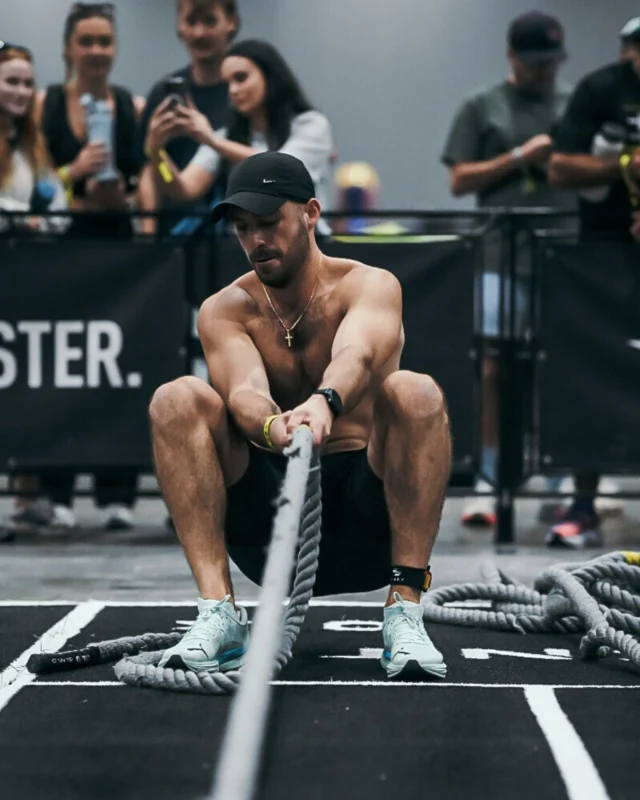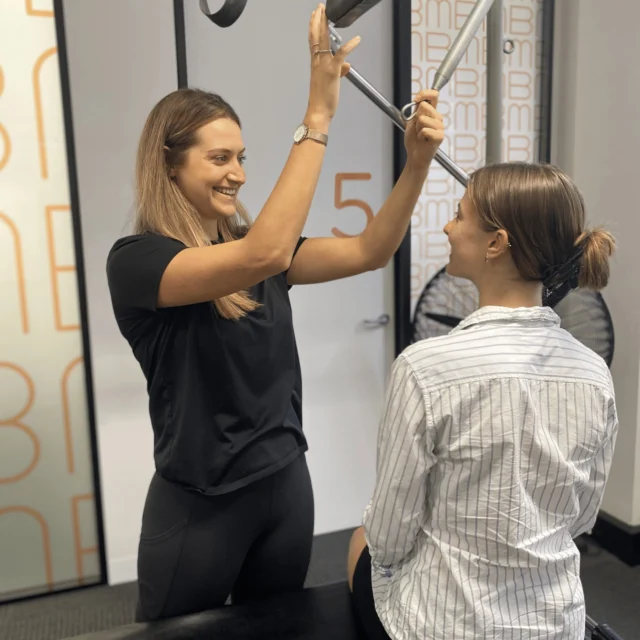There are a lot of really great reasons to do strength training. But do you know your individual risks for injury? When it comes to the gym, the shoulder is the most commonly injured part of the body and some of these injuries have nasty long-term consequences. Cartilage tears and rotator cuff injuries do occur and are not fun at all. They are not easily fixed and it’s much better to prevent them if you can. To help give your shoulders a long and strong life, here are things to consider.
Certain ‘classic’ exercises are the riskiest
Everyone’s favourite exercise, “bench press”, needs to be treated with respect. Loading the shoulder in the press position creates a lot of strain and the deepest part of the movement (where elbows move behind/below you) is the most risky. Lifting weights overhead (ie. shoulder press) involves more risk too, as do exercises where body weight is taken through the arms. This makes dips are a particularly dicey combination.
If your shoulders aren’t young…
Gyms are a popular part of the modern fitness landscape and more people are lifting weights through their 40s, 50s, 60s and beyond. While resistance training has particular benefits for keeping bones strong as we age, you are more at risk of shoulder injury and need to be smarter in how you train. As a general rule, shoulders over fifty would be wise to avoid lifting weights above shoulder height.
If your shoulders aren’t perfect…
Having a previous shoulder injury unfortunately means you statistically more likely to have another. So even if you didn’t injure your shoulder in the gym the first time, you probably want to be more sensible. Beware the false expectation that standard exercises (ie. bench press, shoulder press, dips) will always be something that you can get back to doing. There are always alternatives and if the reason that you are training is just be strong and healthy then adjusting your program makes sense. You may be surprised how many elite athletes and seriously strong gym goers permanently avoid certain exercises in order to protect their shoulders as they know that, for them, it’s just not worth it. Key to this is realising they can be just as strong via other exercises.
Train the same muscles differently
To train your pecs/chest with less risk than a bench press, a nice alternative is a standing cable chest press. You still want to limit the ‘depth’ by keeping your elbows from going behind you, but this works nicely with cables whereas it feels awkward with bench. The cables are actually a good piece of equipment to use generally. You can use these for several deltoid variations (an alternative to a shoulder press), for your back and the all important rotator cuff.
Training other muscles to reduce risk
There are two muscle groups that have a crucial role in supporting the shoulder: scapular stabilisers and the rotator cuff. Making sure that your program includes a good amount of each is something that can reduce your risk of injury. These exercises can be included in your warm-up but aren’t as well known. So if you aren’t familiar with these already, then please get proper advice. You’ll find some ideas to get started here and here.
Not a gym veteran?
If you’re not particularly experienced with weight training, be extra careful. Poor technique is a major risk factor for shoulder injury and mastering technique for some exercises takes much longer than many realise. Most people understand this using lighter weights is one way to reduce the risk which is true. But sticking to machines, rather than free weights, is a generally a good move and seeking proper advice on technique is very wise.
Take risks deliberately, not casually
There is risk in everything. So if you love how bench press feels, enjoy trying to achieve heavier lifts and nothing else will make you as happy, then by all means you can choose to do it. In a sense, it’s no different to me choosing to play football or ride my bike in Sydney streets. But have a think about your own risk profile and be clear about your goals for training.
For the best results, get personalised help from our experienced team of Physios. Blake sees patients at our Barangaroo – King Street Wharf clinic in Sydney’s CBD, where we have access to a fully equipped gym, as well as Martin Place.





